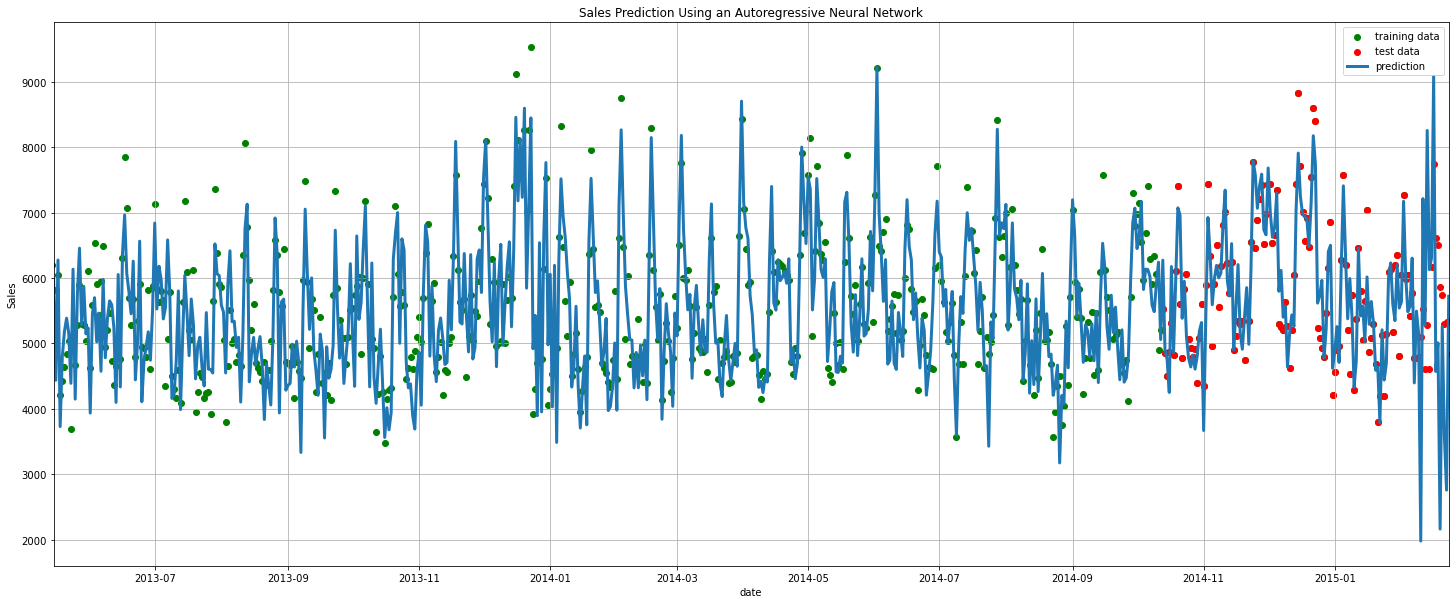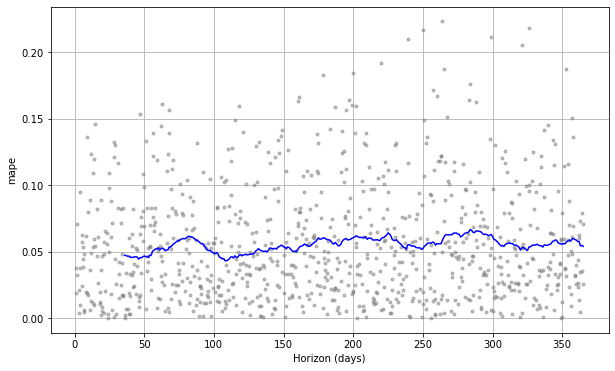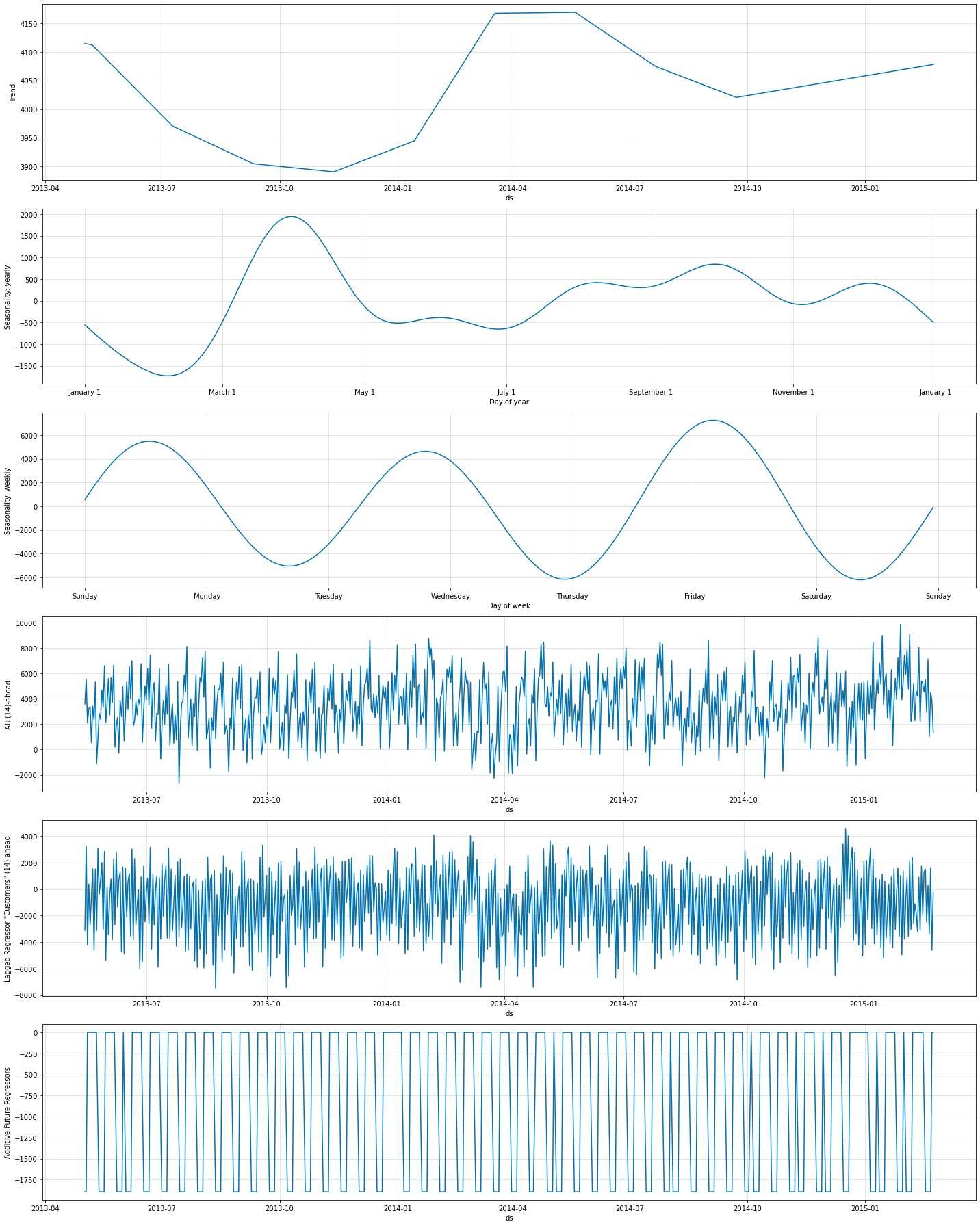The intention of this project is to test the feasibility of applying the novel and already well known facebook package "neural prophet" to accurately forecast future sales based on historical multivariate time series data. The beauty of this approach is the combination of simple autoregression with a deep neural network while still yielding interpretable forecasts.
Prophet is a procedure for forecasting time series data based on an additive model where non-linear trends are fit with yearly, weekly, and daily seasonality, plus holiday effects. It works best with time series that have strong seasonal effects and several seasons of historical data. Prophet is robust to missing data and shifts in the trend, and typically handles missing data and outliers well.
NeuralProphet has a number of added features with respect to original Prophet which are:
- Gradient Descent for optimisation via using PyTorch as the backend
- Modelling autocorrelation of time series using AR-Net
- Modelling lagged regressors using a sepearate feed-forward neural network
- Configurable non-linear deep layers of the FFNNs
- Tuneable to specific forecast horizons (greater than 1).
- Custom losses and metrics
- $conda create -n myenv python=3.7.13
- $conda active myenv
- $pip install -r requirements.txt
The figure below shows the historical sales from 2013 until July 2015 and the 14-day ahead forecast. Apparently, there is a good match beetween the forecast (blue curve) and the actual sales not only for the training period (blue dots) but also for the testing period (red dots).

|
| Figure 1. Historical sales data and future sales estimates derived by applying an additive regression model combined with deep learning. |
The mean average prediction error is in the range of 4-6 % as depicted below.

|
| Figure 2. Cross-validated mean average error (mape). |
As described above, the neural-prophet model is highly interpretable due to its component-wise additive nature. The figure below show the different model components and their contribution to the predicted sales. The model can seperate the trend and weekly and yearly seasonality components well. In addition, it shows that the past sales (i.e. lagged sales) also have a strong predictive power for future sales. Last but not least, the promo-component impressively reveals that promotion can potentially increase sales by more than 1750 sales-units.

|
| Figure 2. Additive model components such as trend, saisonality, past sales and promo. |